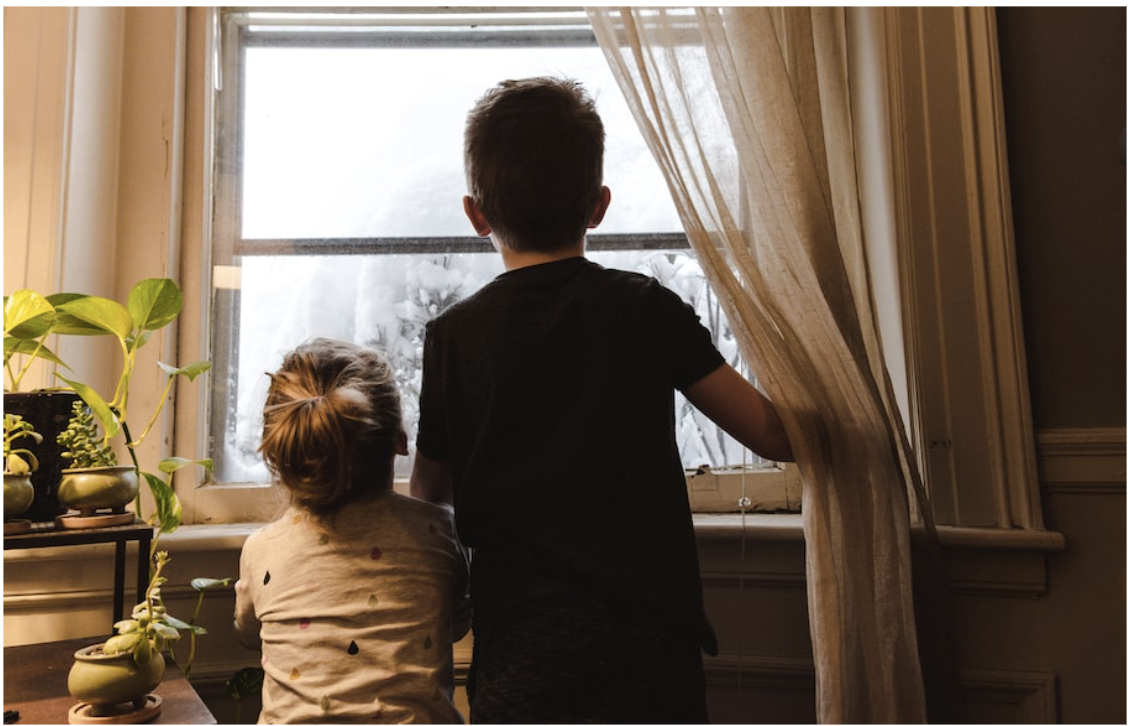Top 6 Ways To Adapt Your Home For Kids

As parents, creating a safe and child-friendly environment in our homes is a top priority. Adapting your living space to accommodate the needs of your little ones not only ensures their safety but also promotes their growth and development. From childproofing to creating designated play areas and incorporating learning zones, there are numerous ways you can adapt your home to make it a comfortable and secure space for your kids.
In this comprehensive blog post, we'll explore the top six ways to transform your home into a haven for children.
Childproofing
Childproofing is an essential step in ensuring the safety of your kids, especially for toddlers and curious explorers. Start by securing cabinets and drawers with childproof locks or latches to prevent access to hazardous substances and sharp objects. Install safety gates at the top and bottom of staircases to prevent falls, and cover electrical outlets with safety plugs. Additionally, use corner guards on furniture to protect against bumps and falls. Make sure to secure any cords or cables to prevent strangulation hazards.
Designated Play Areas
Designating specific play areas within your home allows children to engage in imaginative play while keeping their toys and activities contained. Create a dedicated playroom or allocate a corner of the living room or bedroom for their toys and games. Consider using storage bins, shelves, or toy chests to keep toys organized and easily accessible. Labeling toy bins and shelves can help children learn to clean up after themselves and develop good organizational skills. Additionally, you can add a soft rug or foam flooring in the play area to provide a comfortable and safe surface for playtime.
Soft Surfaces and Cushioned Furniture
Children are known for their boundless energy and propensity to explore their physical limits. To minimize the risk of injuries, ensure that your home has soft surfaces and cushioned furniture. Opt for carpets or rugs with extra padding to provide a soft landing in case of falls. If you have hardwood or tiled floors, consider using foam floor mats or rugs to create a safer play area. Choose furniture with rounded edges or add corner protectors to existing furniture to prevent accidental bumps or bruises. Invest in sofas and chairs with plush cushions that provide comfort and support for both children and adults.
Child-Sized Furniture and Accessibility
Make your home more child-friendly by incorporating furniture and fixtures that are tailored to their needs. Consider purchasing child-sized chairs, tables, and desks to provide comfortable seating and workspaces for activities such as drawing, reading, or crafts. You can consider incorporating customized Calgary home additions such as a dedicated playroom or child-sized furniture to create a truly child-friendly environment. Adjustable-height furniture is ideal as it can grow with your child. Make sure shelves and storage units are at a height that allows children to access their belongings easily. Install hooks at lower heights in entryways, enabling children to hang their coats or bags independently. Place step stools or learning towers in the kitchen or bathroom to help children reach sinks and countertops.

Secure Outdoor Areas
If you have outdoor spaces such as a backyard or a balcony, it's crucial to ensure they are safe and child-friendly. Install secure gates or fences around the perimeter to prevent accidental wandering or access to restricted areas. Regularly inspect outdoor play equipment for any signs of wear or damage, and make necessary repairs or replacements. Remove any potentially harmful plants or objects and ensure that outdoor furniture is stable and childproofed.
Installing fences around the perimeter is a smart way to create a safe outdoor space for children to play, giving parents peace of mind.
Consider setting up a dedicated play area outside with age-appropriate equipment like swings, slides, or a sandbox, providing children with a safe space to enjoy the fresh air and engage in physical activity. Encourage them to explore nature by creating a small garden where they can plant flowers or vegetables. By creating a secure and stimulating outdoor environment, you promote healthy development and a love for nature in your children.
Create Learning Zones
Transform your home into a stimulating environment by creating designated learning zones. Set up a reading nook with a cozy chair, bookshelves, and a variety of age-appropriate books. Consider incorporating a small desk or table with art supplies for drawing and painting activities. Dedicate a space for educational games, puzzles, and building blocks to encourage cognitive development and problem-solving skills. Use colorful educational posters or maps on the walls to spark curiosity and ignite their thirst for knowledge. Consider setting up a science corner with a magnifying glass, microscope, and a collection of interesting specimens. You create an environment that supports a love for learning, fosters curiosity, and stimulates the development of various skills.
Adapting your home for kids involves a combination of safety precautions, creative design, and thoughtful organization. Remember, adapting your home to meet their needs not only ensures their safety but also nurtures their growth and development. By prioritizing a child-friendly environment, you create a warm and welcoming space where your kids can flourish.






